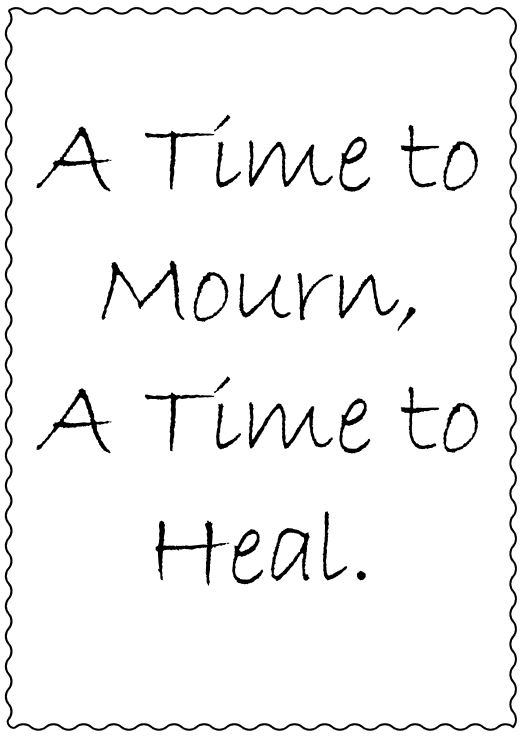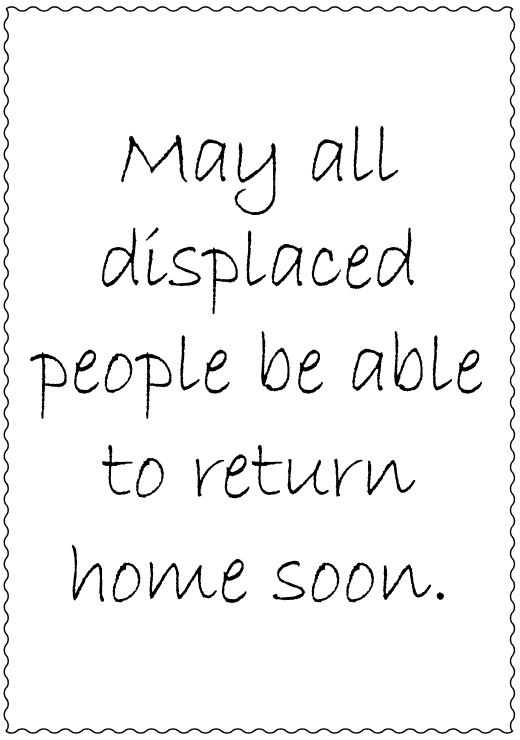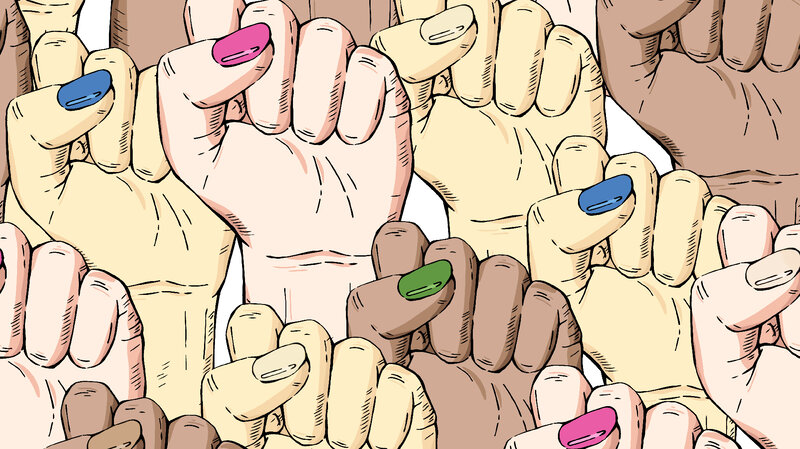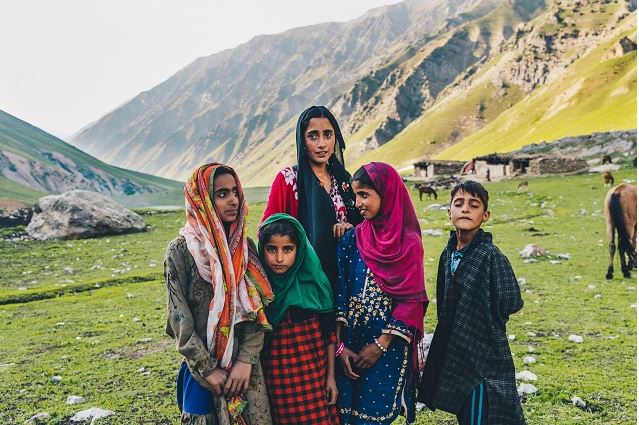On 3rd March, the winners of the 2025 Oscars were announced by the Academy of Motion Picture Arts and Sciences, and Anora was the biggest winner of the night. The five awards that this dramatic comedy bagged included Best Picture and Best Actress. Notably, the Dutch-language science fiction drama I’m Not a Robot, written and directed by Victoria Warmerdam, won Best Live Action Short Film. In an era dominated by reels and short-form videos on social media, short films deserve recognition for their ability to tell compelling stories within a limited timeframe. Though shorter than feature films, they encompass all the essential elements of storytelling, only in a more concise and impactful manner.
The movie traces the life of Lara (Ellen Parren), a music producer. The film begins with a long shot within her office, where she is heard listening to music. The camera dollies in and pans tactically before arriving at a close-up, showing her face clearly. Both the soundtrack and the cinematography are well-planned. The score in the background stops as soon as Lara’s face appears, mirroring exactly the computer technical glitch on her screen.
While Lara is working on her music, a program on her laptop notifies for an update. When she clicks “OK,” she is prompted to sign in, but when she tries to do so, she is required to verify that she is “Not a Robot.” She needs to finish updating by passing a set of CAPTCHA tests. Each time she tries, it fails, leaving her more and more exasperated, leading to the inciting incident of the film.
Cinematographer Martijn van Broekhuizen also expertly employs rear-weighted composition to reflect the discomfort of Lara, while tackling the situation. Even with the other characters within the office space, copious amounts of negative space serve to highlight the strangeness of the space. Initially, the film doesn’t outright announce itself as a sci-fi film, but through the intentional composition, negative space, and foreboding tension, it subtly suggests that something is amiss.
After several failed attempts, Lara reached out to tech support, hoping for assistance. But to her astonishment, the representative brushed aside her complaint, stating that she was indeed a bot. “You wouldn’t be the first to discover this way,” a representative told her. In a desperate bid to establish her humanity, she took a verification test, only to get the result: “Welcome to the Bot Community. There’s an 87% chance that you are a robot.”
Stunned and surprised, Lara closed her laptop, ran into the washroom, and desperately called her boyfriend, Daniël (portrayed by Henry van Loon). To make the scenes even more confusing, Lara was shown in a position where she was unable to find a space where to inform her boyfriend of her experience. After getting various disturbances from people wherever she stopped to talk to her boyfriend, she went to the stairs and informed her boyfriend that she could be a bot. But Daniël, mentioning bad Wi-Fi, cut the call short. Although he heard her correctly.
An already disturbed Lara called repeatedly, but her calls were not answered. Instead, Daniël later appeared at her office, with a woman named Pam. Without delay, Pam confirmed Lara’s worst nightmare that she was indeed a robot, specially picked by Daniël five years earlier to be his ideal girlfriend. It caused more confusion to Lara as it will to the audience of the film. As the truth sunk in, camera shots shook unstably, phenomenally underscoring Lara’s confused condition. She was overcome and hurried out to the car park, where she threw up before getting into a vehicle. Daniël followed her on the run, urging her to listen.
Daniel attempted to speak and pleaded with her not to let their relationship go. “There’s no real difference between us, except… you’ll only die after I do.” He added, “I didn’t want to grieve you. Not again.” Lara, even struggling with the reality of it all, countered him: “What if I die before you? Pam interrupted quietly, noting that such a thing was out of the question. But Lara, refusing to acknowledge her perceived limitations, sought to disprove them.
The film questions identification, autonomy, and what it truly means to be a human. The cinematography and performances deepen the unsettling atmosphere, making I’m Not a Robot a notion-frightening exploration of era and self-consciousness. This film crisply captures the growing presence of AI in our lives and the course of technological progress. Will AI take over everything? The film quietly activates visitors to contemplate this question, leading them to remember their very own humanity, particularly in a world where the computers we make now insist that we show we’re human.
Beyond showcasing the evolution of AI and robotics, I’m Not a Robot delves into the blurred lines among humans and systems, prompting us to reconsider what certainly defines consciousness, autonomy, and identification. As the generation continues to advance at an unprecedented tempo, what once regarded as possible has ended up reality, and the movie reminds us that the unimaginable might not be a way off.
On a mental level, the story factors to the escalating dependence on generation, asking quietly if we’re still masters of our own fate or if we are just alongside for the journey in an AI-pushed world. Are we independent people, or have we already compromised a few parts of who we are to the digital realm? With its notion-scary narrative, skillful cinematography, and effective performances, I’m Not a Robot is greater than just a sci-fi film, it is a replica reflecting the complexities of our technological age, leaving audiences with lingering questions lengthy after the credit roll.












